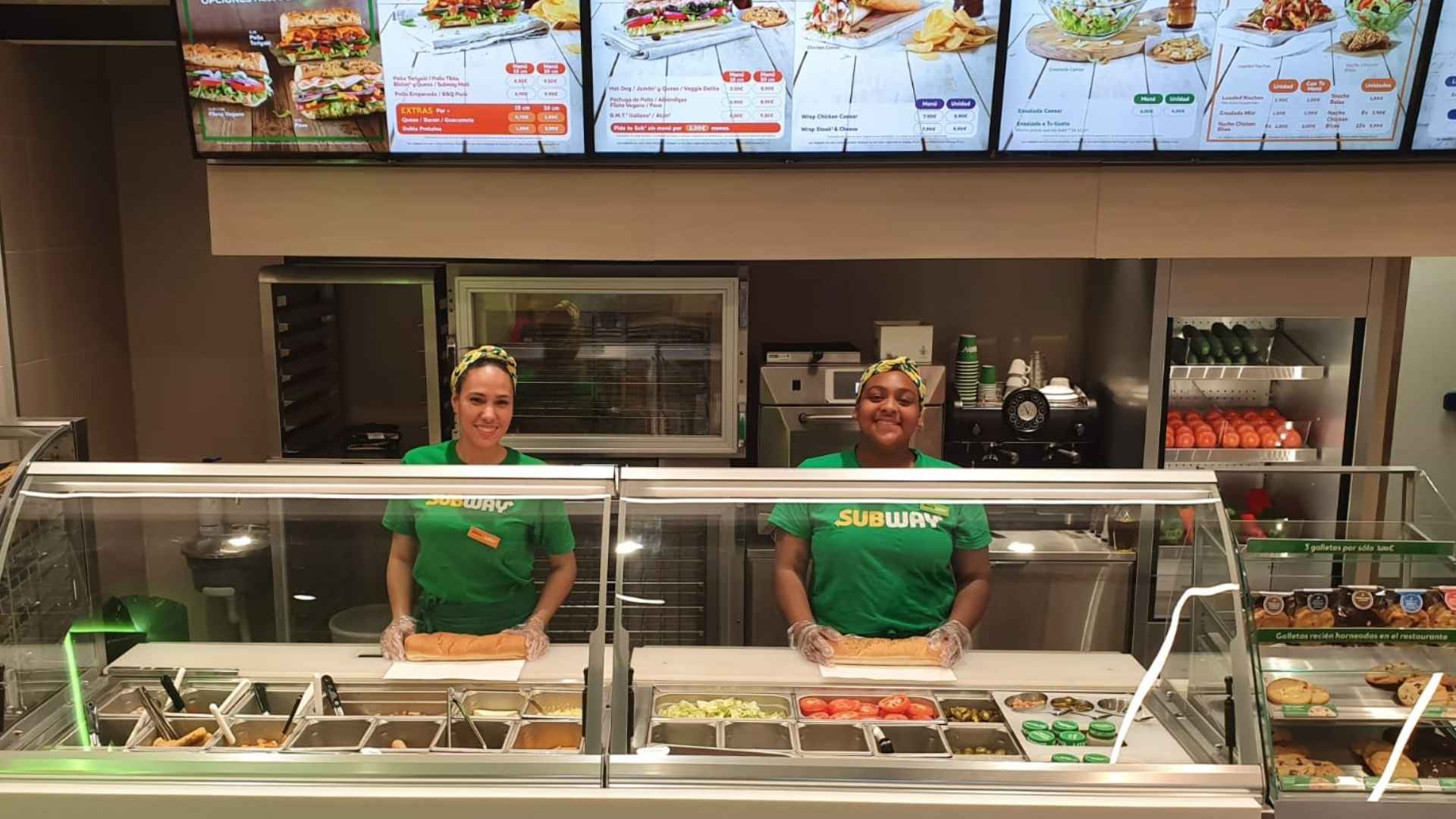Subway, the renowned sandwich giant, has reported the closure of more than 600 restaurants in the United States over the past year. This dramatic downturn places the brand at its lowest number of domestic stores in two decades, leaving many observers wondering what the future holds for America’s onetime favorite sub shop.
In 2015, Subway boasted approximately 27,000 U.S. locations. However, that number plummeted to 19,502 in 2024, according to QSR data. For some employees, these sudden shutdowns came without warning, forcing hundreds of people to seek new jobs virtually overnight. One Oregon-based manager, Joanne Kennedy, shared that there was “no heads-up, no transparency” about her store’s closure, illustrating the harsh reality faced by many workers.
Subway’s closures across the country reflect a major shift in consumer preferences and market competition
Despite shutting down about 7,600 U.S. restaurants since 2016, Subway remains the largest fast food chain by store count. Even so, McDonald’s still leads in revenue, while Starbucks edges in with the second-highest number of stores nationwide.
Could high rent, operational costs, and stiff competition be the main reasons behind Subway’s decline? Many analysts suspect these factors play a major role, along with a franchise model that may need updating. Below is a brief overview of reported store closures in recent years:
| Year | Net Restaurants Closed | Total U.S. Locations |
|---|---|---|
| 2016 | -359 | 26,744 |
| 2018 | -1,110 | 24,798 |
| 2024 | -631 | 19,502 |
These figures highlight the brand’s ongoing struggle to maintain its once-unshakable presence.
Latest data-driven decisions and expansions show how Subway plans to stay afloat despite ongoing challenges
Subway’s leadership insists it’s taking a “strategic, data-driven approach” to reposition stores and optimize growth. They emphasize relocating or closing underperforming sites and focusing on formats that cater to modern tastes. Meanwhile, international expansion continues, with growth in markets like Europe and Asia offsetting some of the domestic losses. The company also revealed plans to revamp restaurant designs, hoping a fresher look will entice customers back.
Observers say the chain’s international stronghold may be a lifeline. Subway still has nearly 37,000 locations worldwide, suggesting there is room for adaptation and innovation. The brand’s roots date back to 1965 in Connecticut, when Fred DeLuca and Dr. Peter Buck founded what would become a fast food icon. Although the chain’s future remains uncertain, many hope its global reputation will help it weather this storm and regain momentum at home.

